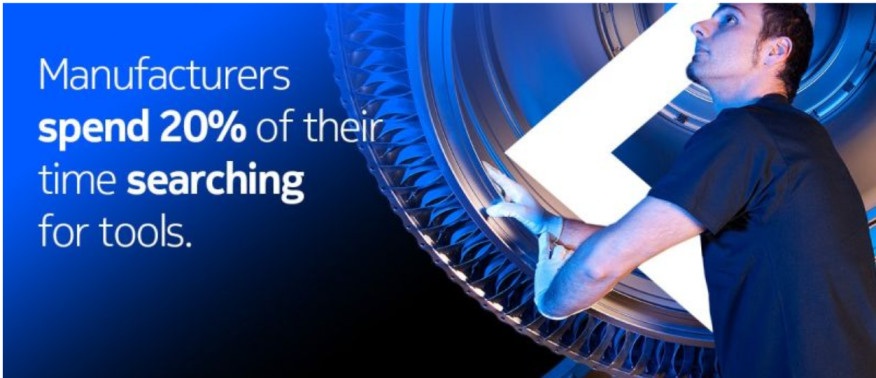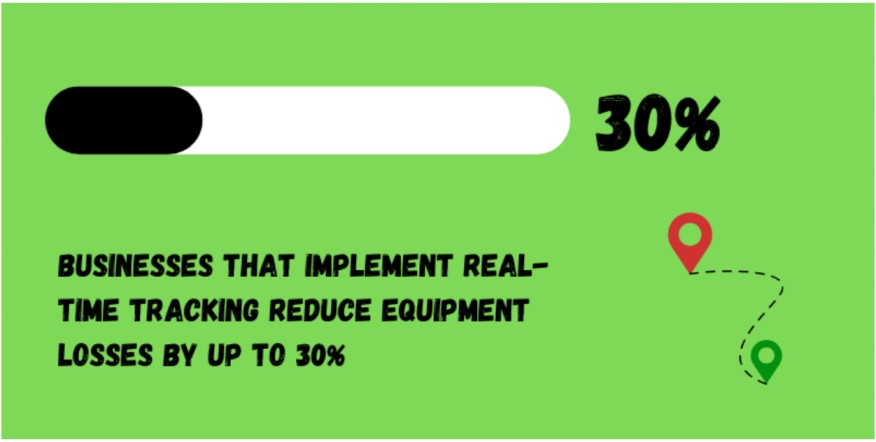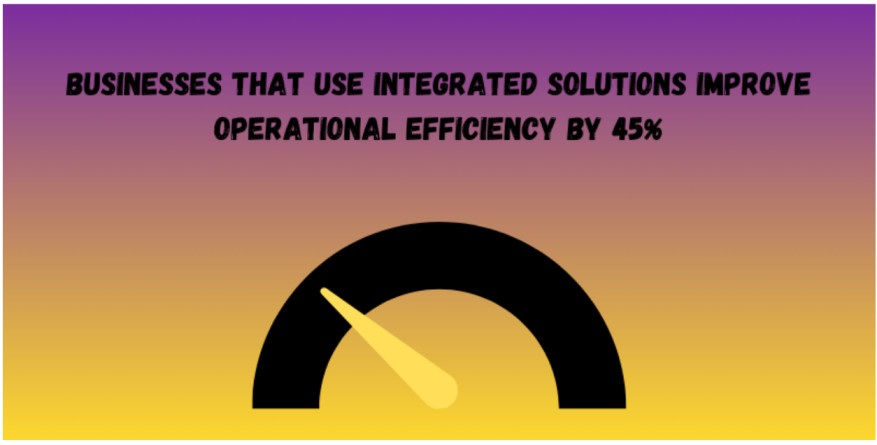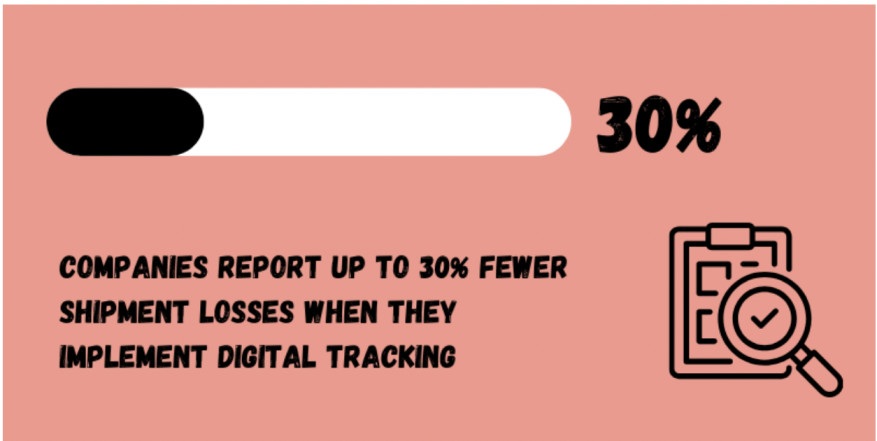Cut Equipment Loss by 30% with an Equipment Checkout System
Struggling to keep track of equipment in your business? An equipment checkout system makes it easy to manage tools, cut losses, and boost accountability.
In this article:
- Key Takeaways
- What Is an Equipment Checkout System?
- How Does an Equipment Checkout System Work?
- 1. Logging Equipment into the System
- 2. Check Out Equipment
- 3. Returning Equipment
- 4. Maintenance and Condition Tracking
- 5. Reporting and Analytics
- Five Key Features of an Equipment Checkout System
- 1. Real-Time Tracking
- 2. User Accountability
- 3. Automated Reminders and Alerts
- 4. Integration with Existing Tools
- 5. Reporting and Analytics
- Five Benefits of Using an Equipment Checkout System
- 1. Reduced Equipment Losses
- 2. Improved Employee Accountability
- 3. Time Savings for Admin Staff
- 4. Cost Savings Through Better Planning
- 5. Increased Productivity Across Teams
- How an Equipment Checkout System Saves Money
- Example
- Common Mistakes You Should Avoid
- 1. Not Updating Inventory Regularly
- 2. Skipping Staff Training
- 3. Choosing Overly Complex Systems
- 4. Over-Relying on Manual Backups
- Summing Up

Do you know that one-third of every tool that companies purchase is due to loss or theft?
We bet you didn’t.
Even when you’re spending hours tracking down precious equipment, you’re not paying attention to one of your biggest hidden expenses.
That’s where an equipment checkout system becomes a game-changer. It’s like having a digital sign-out book that automatically records which tool was taken, when, and in what condition. This kind of clarity saves time, cuts costs, and protects assets.
Let’s explore this in more detail.
Key Takeaways
- What It Is: An equipment checkout system is a digital tool that tracks who has each item, when it was taken, and when it should be returned.
- How It Works: Most systems use barcodes, QR codes, or RFID to log check-ins and checkouts quickly. Automated reminders and reports keep everything updated.
- Why It Matters: Without a system, businesses face hidden costs like misplaced tools, wasted hours, and unnecessary replacements.
- The Benefits: Companies save money by reducing theft, lowering replacement costs, and cutting downtime.
What Is an Equipment Checkout System?

Source: LinkedIn
An equipment checkout system is a digital tool that helps organizations track, manage, and control the use of shared assets such as tools, laptops, lab devices, or even vehicles. It’s like an advanced version of a library sign-out sheet, but far more reliable.
If there’s no such system in place, 20% of worker productivity is lost searching for missing tools in manufacturing environments. That’s equivalent to more than an hour each day lost per employee.
With such a system in place, businesses prevent loss, reduce downtime, and enhance accountability.
How Does an Equipment Checkout System Work?
To understand the real value of an equipment checkout system, it is important to see how it actually works in practice. Let’s find out how.
1. Logging Equipment into the System
The first step is creating a digital record of all assets. Each tool, device, or piece of equipment is added with details such as name, category, serial number, condition, and location. Many businesses also attach barcodes or QR codes.
2. Check Out Equipment
When an employee needs an item, they log in to the system through a desktop, tablet, or mobile app. The system records who is borrowing the item, at what time, and for how long.
3. Returning Equipment
Once the job is done, the employee returns the equipment and logs it back in. The system updates the item’s status immediately, making it available for the next person. If the item is late, damaged, or missing, managers receive automatic alerts.
4. Maintenance and Condition Tracking
Some systems have an asset reservation system that allows staff to log any issues upon return, such as wear, breakage, or malfunction. The item can then be flagged for repair or scheduled for preventive maintenance. This reduces downtime and helps extend the life of equipment.
5. Reporting and Analytics
Behind the scenes, the system collects valuable data such as most-used items, underutilized equipment, overdue checkouts, and maintenance history. Managers can use these insights to make better purchasing decisions and avoid unnecessary replacements.
Five Key Features of an Equipment Checkout System
Once you understand the problems caused by manual tracking, the first step is knowing what makes a good equipment checkout system. Not all solutions are equal, and the right features can make the difference between saving time and adding more complexity.
These features include:
1. Real-Time Tracking
Real-time tracking ensures that every piece of equipment is logged the moment it’s checked in or out. Managers can instantly see where items are and who has them.
Studies also show that businesses that implement real-time tracking reduce equipment losses by up to 30%. This feature eliminates guesswork and prevents tools from slipping through the cracks.

2. User Accountability
A strong system records exactly which employee borrowed which item, along with the date and time. This accountability reduces misplaced assets because team members know their activity is being tracked.
3. Automated Reminders and Alerts
One of the biggest challenges in equipment management is overdue returns. Automated reminders notify users when it’s time to return items, while alerts keep managers updated on missing tools.
4. Integration with Existing Tools
An effective system should integrate seamlessly with HR, inventory, or project management tools. This makes adoption easy and ensures consistent usage across departments.
According to a survey, businesses that use integrated solutions improve operational efficiency by 45%. This means employees spend less time switching between platforms and more time being productive.

5. Reporting and Analytics
The best checkout systems provide detailed reports on usage patterns, losses, and return rates. This data helps managers make smarter decisions about purchasing and allocation. For instance, businesses that use analytics save significantly on equipment costs.
Five Benefits of Using an Equipment Checkout System
An equipment checkout system isn’t just about organizing tools. It creates measurable improvements in cost savings, accountability, and overall efficiency. Here are the key benefits supported by real-world data:
1. Reduced Equipment Losses
One of the biggest pain points in any organization is losing track of tools or equipment. Without a system, items go missing, creating unexpected replacement costs and project delays.
A structured checkout system ensures every piece of equipment is logged, tracked, and returned. In fact, companies report up to 30% fewer shipment losses when they implement digital tracking.

2. Improved Employee Accountability
When people know their actions are being tracked, they naturally take better care of the equipment they borrow. A checkout system assigns responsibility to each user, thus reducing carelessness and ensuring faster returns.
Businesses that adopt such digital asset tracking systems have seen a 47% increase in employee accountability.
3. Time Savings for Admin Staff
Manual sign-out sheets and paper logs waste hours of administrative time every week. Staff often need to chase after missing items or verify handwritten notes. Automating this process allows check-ins and checkouts to happen in seconds.
Even studies show that if a company cuts time by just 5 hours of admin work each week, profitability increases exponentially.

4. Cost Savings Through Better Planning
Buying equipment without clear data leads to over-purchasing or stockpiling unused items. A checkout system provides visibility into usage patterns, helping managers see which tools are frequently used and which sit idle. This data-driven approach prevents wasteful spending.
5. Increased Productivity Across Teams
Delays in projects often happen because workers can’t find the right tools when they need them. With a checkout system, availability is clear, and resources are ready for use at the right time. Since employees spend less time searching for missing equipment and more time doing their actual work, productivity improves.
How an Equipment Checkout System Saves Money
If you think untracked tools are just lost, you’re wrong because they’re also your financial drains. For instance, field service companies lose between $300 million $1 billion annually to equipment theft.
Without clear records, businesses often replace items that are just misplaced, which could have been easily prevented by using a checkout system. Downtime is another issue that companies face due to missing tools.
Aberdeen Group data reveals that unplanned downtime can cost companies $260,000 per hour. So, if you don’t want to be one of those companies, it’s better to find a reliable equipment checkout system.
Example
Let’s say your company has $100,000 worth of equipment, which is typically replaced 20% each year. That’s $20,000.
With a checkout system, you can cut that need in half, saving $10,000 annually from reduced loss and theft. When combined with downtime and maintenance savings, the ROI adds up fast.

Source: Apizee
Common Mistakes You Should Avoid
Even with the best equipment checkout system in place, mistakes in setup or management can limit its impact. To help you get the most out of your system, here are some common mistakes you should avoid:
1. Not Updating Inventory Regularly
A checkout system is only as reliable as the data inside it. If inventory records are outdated, you’ll face confusion, double-booking, or missing assets.
To avoid this, set up a routine schedule where inventory is updated daily or weekly. Automated sync features can also make this process seamless.
2. Skipping Staff Training
Even the best software will fail if your team doesn’t know how to use it properly. Many businesses underestimate the importance of training, which leads to errors and frustration.
Invest time in hands-on sessions, create simple guides, and encourage staff to ask questions so everyone feels confident with the system.
3. Choosing Overly Complex Systems
It’s tempting to pick a tool packed with features, but if it’s too complicated, the adoption rate will be low. The goal is to simplify equipment management, not make it harder.
Look for a system that matches your current needs and offers room to grow, instead of overwhelming staff with unnecessary functions.
4. Over-Relying on Manual Backups
Relying solely on manual spreadsheets or paper as a “just-in-case” backup often creates duplicate work and more errors.
While having a fallback is smart, the system itself should remain the single source of truth. Instead of manual backups, use cloud storage or automated data export options to ensure secure and up-to-date records.
Summing Up
Managing equipment without a proper system may seem manageable at first, but over time, the hidden costs add up. An equipment checkout system solves all these problems by keeping every asset visible and every user accountable.
In fact, many companies report significant reductions in replacement costs within the first year of implementation. If your business is still relying on manual logs or spreadsheets, now is the time to make the shift.
Frequently Asked Questions
-
Yes. Many systems are cloud-based, which means data updates are made in real time, no matter where the equipment is located. Multi-site teams can check availability, reserve items, and track usage without overlap.
-
The system automatically sends reminders for overdue equipment, either by email or mobile notifications. Managers can also view reports to follow up directly. Since the platform keeps a clear record of who has what, it’s much easier to hold people accountable.
-
Start by assessing your needs: the number of items, locations, and users you’ll manage. Then, look for features like mobile access, cloud backup, maintenance tracking, and reporting. Avoid overly complex platforms that overwhelm staff.
